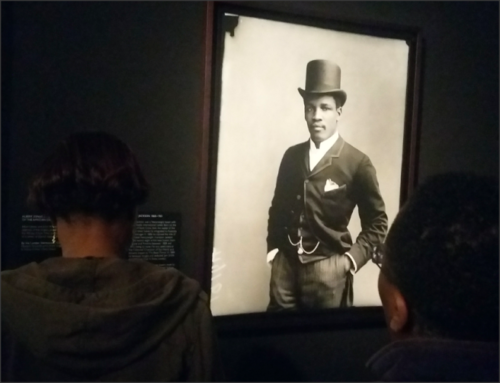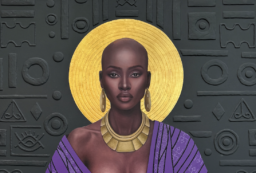They are here because you were there. There is an umbilical connection. There is no understanding Englishness without understanding its imperial and colonial dimensions.’ So reads a quote on the National Portrait Gallery walls attributed to so-called ‘Godfather of multiculturalism’ Professor Stuart Hall, 1932-2008 to whom the exhibition is dedicated. It’s an apt quote expressing the sentiment behind these portraits chronicling the lives of black people in Britain before The Windrush years in 1948 and beginning when Queen Victoria was still on the throne.
This exhibition is the second in a series which begun with ‘The Black Chronicles’ back in 2011. It covers three rooms at The National Portrait Gallery and features 40 photographs showing the black experience in Britain – some of which are rarely seen archive pieces. This once in a lifetime opportunity to view this work all together in the same venue has been achieved through the collaboration of the National Portrait Gallery, Getty Images’ Hulton Archive and film/photography organisation Autograph ABP.
One of the stand out photographs is the commanding figure of boxer Peter Jackson in a top hat and immaculately tailored suit. In 1888 this noble looking West Indian was recognised as the ‘Coloured Champion of the World’ fighting under the name The Black Prince. However, despite going 28 fights unbeaten against the cream of transatlantic fighters he never fought for a world title because then champion John L Sullivan refused to defend against a black man. Also when ‘Gentleman’ James J Corbett knocked out Sullivan to claim the title he too avoided his black challenger until Peter James was forced to retire because of an inability to secure fights.
A similarly powerful photo is that of boy servant Ndugu M’Hali who travelled with explorer Sir Henry Morton Stanley on his many quests. He was given to him as a slave during one such quest to Tanzania to find missing explorer Dr David Livingstone. When M’hali died during an African expedition Stanley was do distraught he renamed the exact spot on the River Congo rapids Kalulu Falls in his honour – Kalulu being his nickname. He was also the inspiration behind Stanley’s 1873 book ‘My Kalulu, Prince, King and Slave: A Story of Central Africa.
Black Chronicles II is on at the National Portrait Gallery until 11 December.





